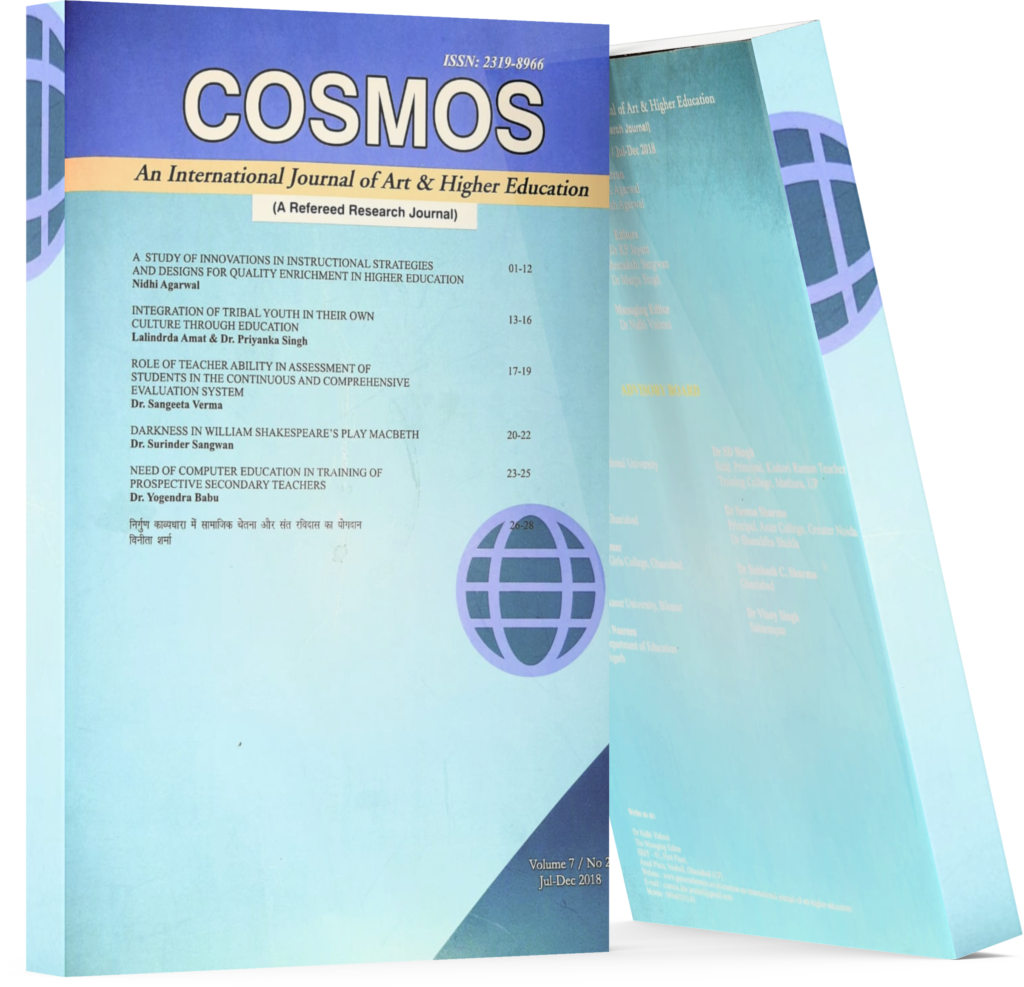Mindfulness In Patients With Borderline Personality Disorder
Keywords:
Mindfulness, Borderline Personality DisorderAbstract
Background: People with Borderline Personality Disorder (BPD) often experience intense and rapidly shifting emotions, have difficulty regulating their emotions, and struggle with impulsivity. This disorder can significantly impact their daily functioning and relationships. Mindfulness seems to encompass incompatible mental phenomena. However, there is a dearth of Indian literature on the same. This study was taken up to examine the mindfulness in BPD population.
Downloads
References
Baer, R. A. (Ed.). (2015). Mindfulness based treatment approaches: Clinician's guide to evidence base and applications. Elsevier.
Beeney, J.E., Hallquist, M.N., Ellison, W.D. & Levy, K.N. (2016). Self–other disturbance in borderline personality
disorder: Neural, self-report, and performance-based evidence. Personality Disorders: Theory, Research, and Treatment, 7(1), 28.
Brown, K.W. & Ryan, R.M. (2003). Mindful attention awareness scale. Journal of Personality and Social Psychology.
Garland, J. & Miller, S. (2020). Borderline personality disorder: Part 1–assessment and diagnosis. BJ Psych Advances, 26(3), 159-172.
Goldberg, D. & Williams, P. (1998). A User’s Guide to the General Health Questionnaire. Windsor, Berks: NFER Nelson.
Gratz, K.L., Tull, M.T. & Wagner, A. W. (2005). Applying DBT mindfulness skills to the treatment of clients with anxiety disorders. In Acceptance and mindfulness
based approaches to anxiety: Conceptualization and treatment (pp. 147- 161). Boston, MA: Springer US.
John Lothes, I.I., Mochrie, K., Wilson, M. & Hakan, R. (2021). The effect of dbt informed mindfulness skills (what and how skills) and mindfulness-based stress reduction practices on test anxiety in college students: A mixed design study. Current Psychology, 40, 2764-2777.
Kabat-Zinn, J. (2013). Full catastrophe living, revised edition: How to cope with stress, pain and illness using mindfulness meditation. Hachette UK.
Kulacaoglu, F. & Kose, S. (2018). Borderline personality disorder (BPD): In the midst of vulnerability, chaos, and awe. Brain sciences, 8(11), 201.
Masland, S.R., Shah, T.V. & Choi-Kain, L.W. (2020). Boredom in borderline personality disorder: A lost criterion reconsidered. Psychopathology, 53(5-6),
-253.
Nehra, D.K., Sharma, N., Kumar, P. & Nehra, S. (2013). Mindfulness based stress reduction (MBSR) program: An overview. Mental Health: Risks and Resources, 197-230.
Palihawadana, V., Broadbear, J.H. & Rao, S. (2019). Reviewing the clinical significance of ‘fear of abandonment’ in borderline personality disorder. Australasian Psychiatry, 27(1), 60-63.
Paris, J. (2019). Suicidality in borderline personality disorder. Medicina, 55(6), 223. 14. Purser, R. (2015). The myth of the present moment. Mindfulness, 6(3), 680-686. 15. Schmidt Gómez, C.V., Soler Ribaudi, J., Carmona Farrés, C., Elices Armand-Ugon, M., Domínguez Clavé, E., Vega Moreno, D. & Pascual Mateos, J. C. (2021). Mindfulness in borderline personality disorder: Decentering mediates the effectiveness. Psicothema, 33(3), 407-414. 16. Segal, Z., Williams, M., & Teasdale, J. (2018). Mindfulness-based cognitive therapy for depression. Guilford publications.
Selby, E.A., Bulik, C.M., Thornton, L., Brandt, H.A., Crawford, S., Fichter, M.M., ... & Joiner Jr, T.E. (2010). Refining behavioral dysregulation in borderline personality disorder using a sample of women with anorexia nervosa. Personality Disorders: Theory, Research, and Treatment, 1(4), 250.
Zanarini, M.C. & Jager-Hyman, S. (2009). Dissociation in borderline personality disorder.
Zeifman, R.J., Boritz, T., Barnhart, R., Labrish, C., & McMain, S.F. (2020). The independent roles of mindfulness and distress tolerance in treatment outcomes in dialectical behavior therapy skills training. Personality Disorders: Theory, Research, and Treatment, 11(3), 181.

